Let's assume I have 2 matrices, which are representing a signalling with 1 and 0 in a 2D space.
A = [1,1,0,0;1,1,0,0;1,1,0,0];
A =
1 1 0 0
1 1 0 0
1 1 0 0
B = [1,0,1,1;1,0,0,1;1,0,0,0];
B =
1 0 1 1
1 0 0 1
1 0 0 0
Matrix A seems to cluster the signal, while matrix B is more random distributed. My goal is to identify noise with this approach in images, which should be much less structured than real signal.
Is there regionprops function which can do that? Any other suggestions?
My approach so far:
- Measure distances between the positive patches (get average)
- Use
bwareafiltto detect the biggest patch.

